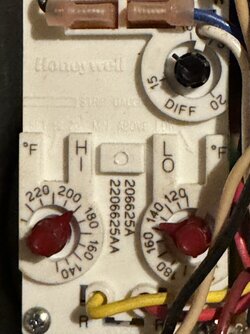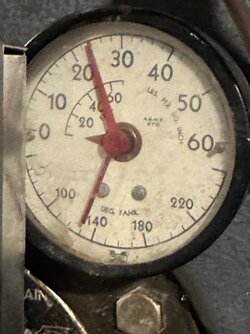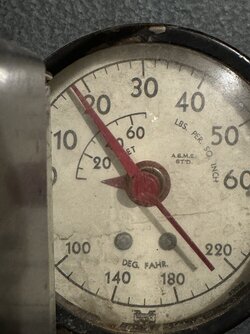I believe I've seen somewhere mentioned in this forume that pyrolysis might start happening happening @175F, but nowhere in scientific documents, so take that "fact" with a handful of salt.
But you are making an excellent point regarding +100C/212F temp water pipes.
I think there is a slight difference in the environment itself.
While the joists are going to get extra crispy dry, it doesn't matter too much from igniting point of view, cause there is no open flame around?
When we talk about a piece of wood being close to open fire, in theory, the hotter that wood is, the easier it gets on fire? Considering ambers flying around, etc, maybe thus is concern? As well, the pyrolysis decreases the ignition point of wood.
So, while we won't see charring at +100C/200F, it makes sense to keep things around the fireplace as cool as possible, I guess.
Different point from pyrolysis, though.
Here is a picture from wikipedia, that is quite helpful to see what happens when:

en.wikipedia.org
View attachment 322519
As for +60C I mentioned in the other thread, I'm just trying to be super overly safe, and the number might be higher (I'm no expert). But +60 is very hot to the touch anyway. Quick google search tells me that scalding happens in į seconds @ +60C, so even that seems a very high threshold to me.
P.S. thanks for starting a new thread





